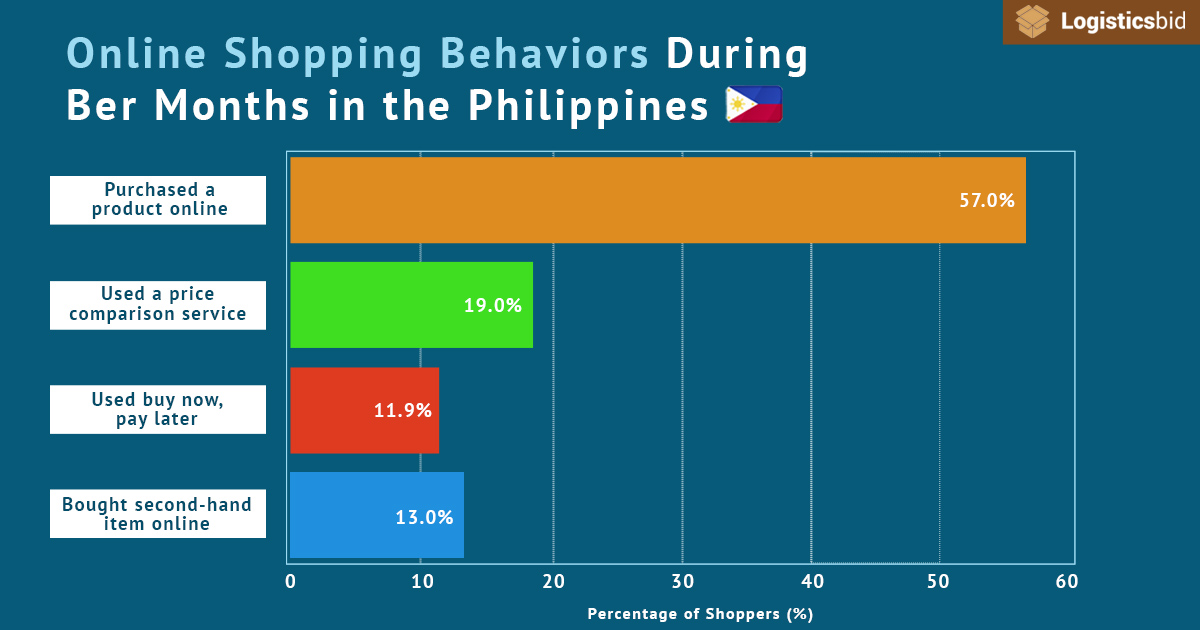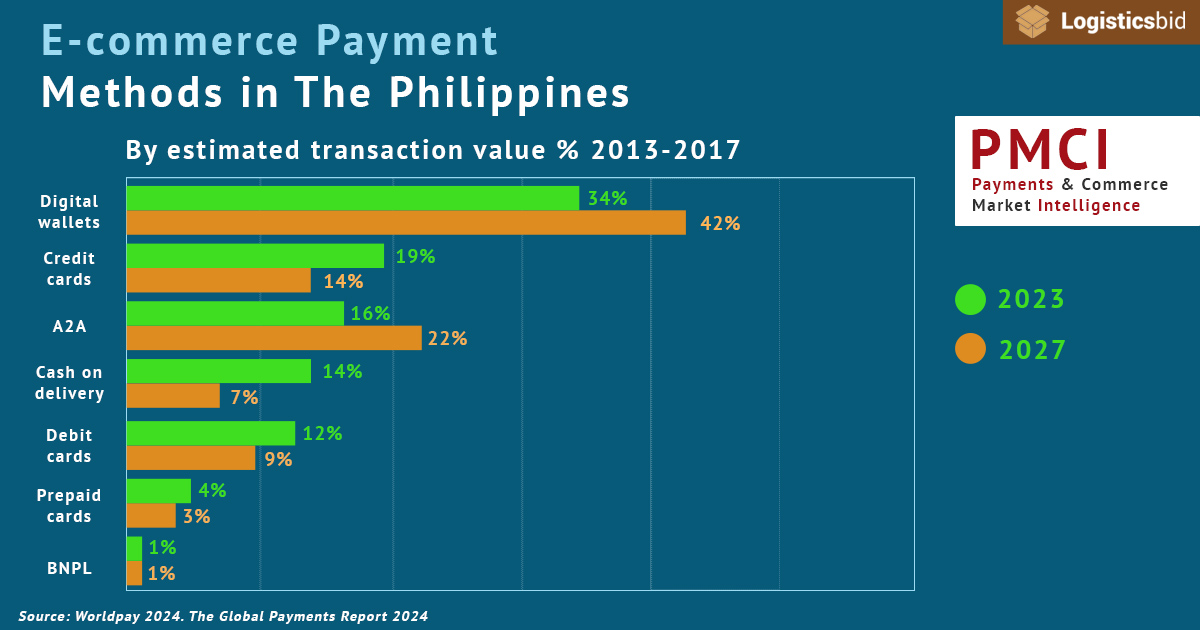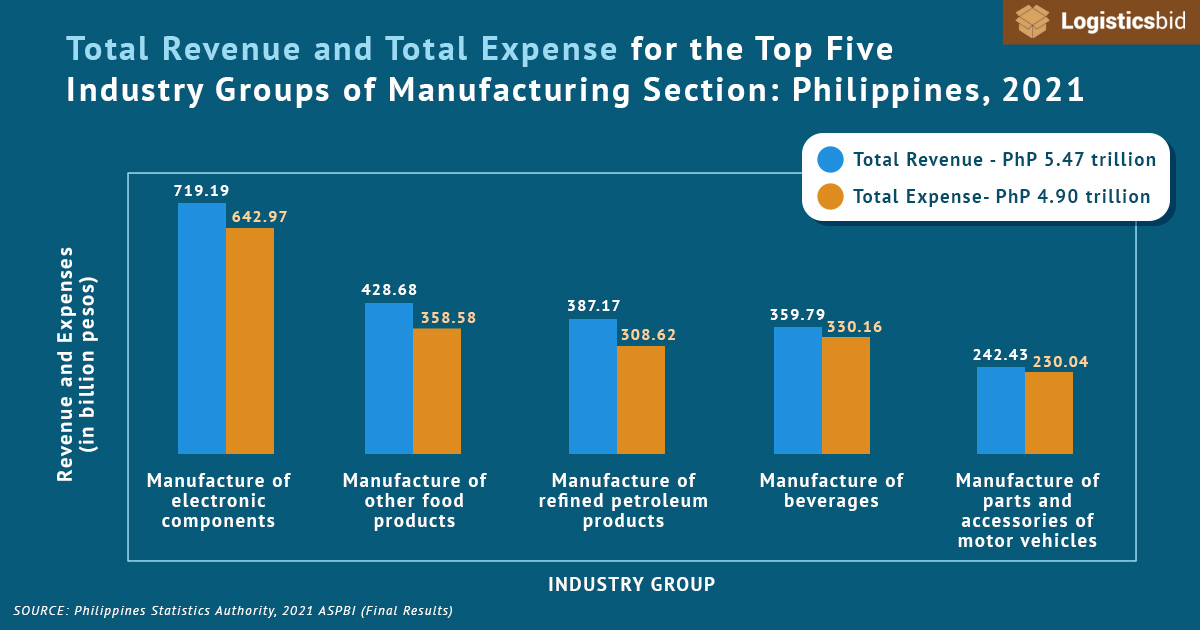
Peak seasons provide considerable problems for firms in a variety of industries. Peak seasons are defined by increased consumer demand during particular times of the year, such as holidays, important sales events, or seasonal trends. Effective navigation is essential for long-term success since, although these times can present chances for higher revenue, they also bring with them complications relating to worker coordination, supply chain management, and customer satisfaction.
Why Are the ‘Ber’ Months Considered a Peak Season in the Philippines?
The peak seasons in the Philippines, known affectionately as the ‘Ber’ months by locals, are times when the demand of customers reaches an annual high for businesses (hence ‘peak’ season). Due to this demand, local companies often face the crunch of limited inventory, supply chain delays and online issues with websites. Failure to deal with these issues often directly translates to clients and customers choosing to spend their money elsewhere.

What Is the Economic Impact of Peak Seasons?
Peak seasons have a complex economic impact on enterprises, frequently presenting both possibilities and difficulties. Businesses get higher revenue during times of strong consumer habits, which has a big impact on cash flow and operational plans. However, this heightened demand also creates pressures that can strain resources and complicate financial planning.
How Do Seasonal Fluctuations Affect Business Revenue?
If not properly managed, seasonal variations can cause a company’s revenue stream to be disrupted and result in financial instability. Variations in customer preferences, weather, and holidays can all have a significant impact on demand levels. For example, the fourth quarter usually sees large rises in retail sales, mostly due to holiday shopping habits. Businesses who are aware of these variations will be able to better plan their staffing and inventory levels to coincide with the anticipated seasonal activity, which will maximize profits and cut expenses.
Credit and Financing Challenges
As businesses navigate peak seasons, credit availability often tightens, particularly in a weakening economy. Lenders may pull back on credit, making it more expensive and less accessible, which contributes to further economic challenges such as higher default rates and diminished asset values. This can hinder a company’s ability to invest in necessary resources to meet increased demand, impacting their overall growth potential.
Economic Cycles and Employment
The broader economic cycle also plays a significant role during peak seasons. The stages of the economic cycle—expansion, peak, contraction, and trough—can influence employment levels and consumer spending patterns. Companies might initially rely on overtime to meet demand, delaying hiring until they are certain the demand is sustainable. This cautious approach can lead to operational inefficiencies if not managed well, particularly if consumer spending trends shift unexpectedly.
Strategic Responses
Businesses frequently investigate revenue-based financing methods that adjust to their cash flow variations in order to lessen the issues presented by seasonal impacts. Because of this flexibility, businesses are able to adjust repayment schedules in accordance with seasonal revenue, which makes financing more viable during times of variable demand. Businesses can put themselves in a better position for success amid the inherent difficulties of peak seasons by realizing the cyclical nature of their business environment and implementing preemptive tactics.
How Can You Navigate the ‘Ber’ Months with Ease and Turn Challenges into Opportunities for Your Business?
Apply these best practices to navigate the ‘Ber’ months with ease and turn the challenges into opportunities for your business.
1. Ensure Your Website Is In Top-Notch Condition
E-commerce is a rapidly growing field. According to Global Data, online shopping is set to lead e-commerce in the Philippines by 17% by 2025, it’s essential that businesses get on board with virtual stores or get left behind.
But having a website isn’t enough— the expected surge in traffic means it is the ideal time to deal with any bugs in your site and implement improvements. Best practices include ensuring your webpages’ page load speed does not plummet under increased traffic, helping your customers locate what they want easily with a search bar and delivering relevant product suggestions based on previous items bought for a personalized shopping experience.

To encourage purchases, advertise seasonal sales on the homepage, provide a myriad of payment methods and enable guest checkout options to reduce the hassle for customers.
2. Execute Demand Planning
The ‘Ber’ months can bring in a significant amount of annual revenue, but knowing what products will be your best-sellers will take some effort. Use your analytics to observe and predict customer behavior so you can take advantage of peak season sales. Using your analytics is a best practice for aspiring entrepreneurs and established businesses alike. Start by examining your analytics from previous ‘Ber’ months and use these to determine a strategy for the upcoming season.

Businesses should also prioritize agility during this season. Be ready to make fast changes such as price matching and offering further discounts. In addition, consider express and on-demand international delivery services such as Transportify for urgent, time-sensitive packages to help them reach your customer’s doorstep on the same day or by the next working day.
3. Plan For Additional Capacity
Prior to peak season, businesses in the Philippines should identify how much stock is required to cater to the demand with the use of data analytics from previous ‘Ber’ months. Then, plan how and where these can be stored. Utilizing an overflow storage facility will ensure your sales are not affected by supply chain delays. With stock, ensure you keep a thorough inventory that is updated regularly. This may be a good opportunity to implement smart systems like tracking tags and weight-sensitive shelves that can help you keep track of your items on a micro level and limit human error.
4. Manage International Suppliers
The global supply chain has been tumultuous the past few months. Now, more than ever it’s essential that businesses in the Philippines establish a resilient supply chain that can adjust to these challenges. If you rely on international manufacturers, ensure you communicate with them throughout the import process so that you can account for delays and adjust your strategy accordingly.
Diversifying suppliers can develop supply chain resilience for your business. It’s also a good ethical practice in business as dividing your suppliers between local and international suppliers supports the local economy and provides more jobs.
5. Focus On Identifying Personnel Needs
To account for additional stress, your business may need more staff to manage shopfronts, pack orders and navitage inventories. An advisable best practice would be to onboard new staff at least two weeks before peak season begins. This lets them get used to the rhythms of your business which allows for greater efficiency during peak season. To get the most out of new staff, use labor planning tools to assess the required capacity.
Conquer The Peak Season With Reliable Shipping Providers
The ‘Ber’ months can be tiring but rewarding for businesses. Having a reliable shipping provider is a great way to limit your stress and provide assurance to customers. Partner with reliable shipping providers like Transportify, DHL Express, Lalamove, and other leading shipping providers to ensure your business gets the most out of this peak season. We know the importance of best practices in business, which is why we encourage customers to use these reliable services to provide a premium experience to their customers.
